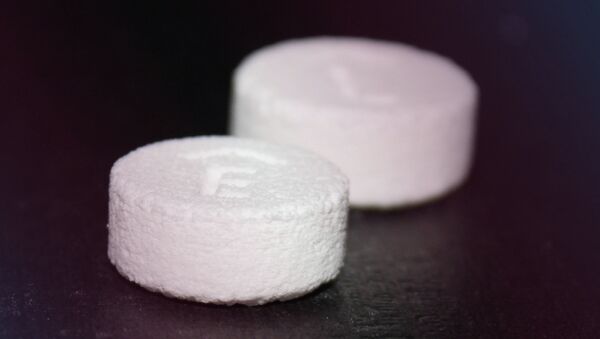The prescription tablet is the first 3D-printed product that the FDA has approved for internal human consumption.
Previous tablets did not dissolve easily. The company behind Spritam, Aprecia Pharmaceuticals, said the new, 3D-printed version has porous layers that make it easily dissolvable while still reaching a high dosage level.
Seizure medication is often large and difficult to swallow, particularly for the elderly and children, which makes Spritam a boon to those patients.
"By combining 3DP technology with a highly-prescribed epilepsy treatment, Spritam is designed to fill a need for patients who struggle with their current medication experience," Aprecia CEO Don Wetherhold said in a statement.
Spritam is expected to hit the market sometime in 2016.
The pill is the latest in a series of healthcare products that utilize 3D printing, including jaw replicas, dental implants, and hip replacements, Time reported. Scientists are also developing 3D-printed tracheas, bones, ears, kidneys and skin.



